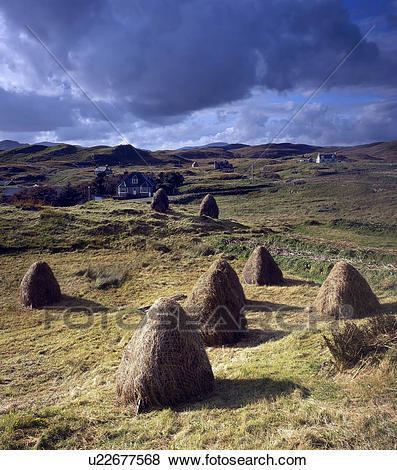Lieutenancy area Outer Hebrides | Founded 1999 Council area Outer Hebrides | |
 | ||
Created Scottish Parliament election, 1999 | ||
Na h-Eileanan an Iar (/nə ˈhɪlənən ənˈjɪər/; [nəˈhelanən əˈɲiəɾ]), formerly Western Isles, is a constituency of the Scottish Parliament (Holyrood). It elects one Member of the Scottish Parliament (MSP) by the first past the post method of election. It is also one of eight constituencies in the Highlands and Islands electoral region, which elects seven additional members, in addition to the eight constituency MSPs, to produce a form of proportional representation for the region as a whole.
Contents
- Map of Outer Hebrides UK
- Electoral region
- Constituency boundaries and council area
- Politics
- Election results
- References
Map of Outer Hebrides, UK
Electoral region
The Na h-Eileanan an Iar constituency is part of the Highlands and Islands electoral region; the other seven constituencies are Argyll and Bute, Caithness, Sutherland and Ross, Inverness and Nairn, Moray, Orkney, Shetland and Skye, Lochaber and Badenoch.
The region covers most of Argyll and Bute council area, all of the Highland council area, most of the Moray council area, all of the Orkney Islands council area, all of the Shetland Islands council area and all of Na h-Eileanan Siar.
Constituency boundaries and council area
The Western Isles constituency was created at the same time as the Scottish Parliament, with the name and boundaries of an existing Westminster constituency. It voted for the first time in the Scottish Parliament election, 1999. From the United Kingdom general election, 2005, however, the name of the Westminster (House of Commons) constituency was changed to Na h-Eileanan an Iar.
The Holyrood constituency covers Na h-Eileanan Siar (the Western Isles council area).
Geographically, the constituency consists of the Outer Hebridean islands. The major islands are Barra, Benbecula, Lewis and Harris, North Uist and South Uist. On the grounds of the remoteness of the constituency from the rest of Scotland, and the difficulties involved in getting from island to island, there is a significantly smaller electorate than in the mainland Scottish Parliament constituencies.
Politics
The seat had been a two-way marginal between the Labour Party and the Scottish National Party for many years. In recent years, however, it has become increasingly safe for the Scottish National Party. Despite that, during the Scottish independence referendum, 2014 the constituency voted against independence by a margin of 53.42% (10,544) to 46.58% (9,195) in favour on a turnout of 86.2%
Election results
Conservative and Liberal Democrat both gained under 5% of the poll and thus lost their deposit
